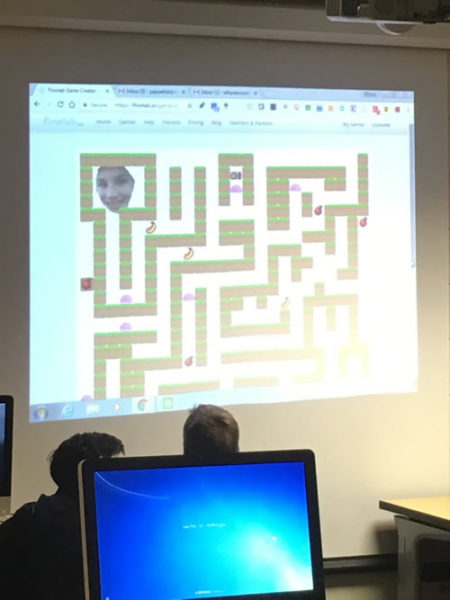I recently attended a conference and enjoyed the sessions and topics ranging from professional-development strategies to the emergence of artificial intelligence (AI). Throughout the day, one word that permeated discussions was “creativity,” and how this phenomenon is now one of the essential skills for success in future careers. Creativity is not a new term. We hear it often and we frequently tell our students to be creative and think “outside the box.” As teachers, we often include creativity as a required goal on our grading rubrics when assessing student presentations. Adding creativity lets students know that we expect more than content knowledge.
Growing up, I remember many opportunities to develop and show examples of creativity because the tools and resources to perform some tasks were not available. As children, we imagined other worlds, created our own games, designed areas to play, and solved mysteries on our own.
Creativity’s growing importance
As we look at future jobs and technological advancements, having creativity is essential in the workplace. Robots and AI will be able to handle many tasks, even replacing some types of jobs, but we will still need creative thinkers and designers to move ahead globally. As educators, how do we ensure that students learn this skill in our curriculums? Can creativity be taught? Why are some people more creative than others? If you tell students to be creative, do they even know what it means or where to begin?
(Next page: Ways to encourage creativity)
It starts with simple imagination.
Here are some ideas to help your students develop their creativity.
Show your students how to imagine: Giving your students to time to think about a topic in a different light is essential to opening the door to creativity. If possible, give them a problem to solve collaboratively with time and benchmarks. Ask them to write a new ending to a well-known story to convey a different point of view. Encourage them to look at all sides of an issue and see the ethical ramifications and associated empathy. Have them share their creative outcomes in a personalized and unique way.
Ask students to teach themselves: I asked students in my Tech & Society class to design a simple game using a web-based program called Flowlab. The game had to show the importance of cybersecurity in today’s society. But first, they had to figure out how to use the game-design program. I could have walked them through the steps, but decided to let them struggle a bit on their own and tap into their critical-thinking skills. This was challenging for some, but sharing and troubleshooting helped them gain an understanding. Working in groups, the students came up with various ideas—everything from hackers trying to gather top-secret information to victims trying to avoid identity theft. The results were amazing and showed a lot of creativity and thoughtful collaboration.
I didn’t teach them creativity. I gave them the background on the topic and provided some fact-finding activities and lessons. Once they were left on their own, they demonstrated that they understood the concepts through their imaginative projects.
Can creativity be taught? I don’t think so, but it can be encouraged by giving students the time to look inward and think. Only then will we see their imaginations come to fruition, and no artificial intelligence will ever be able to beat that!
- 4 ways to encourage play in education - April 25, 2024
- CoSN IT Leader Spotlight: Lisa Higgins - April 25, 2024
- It’s time to pay student teachers - April 25, 2024

